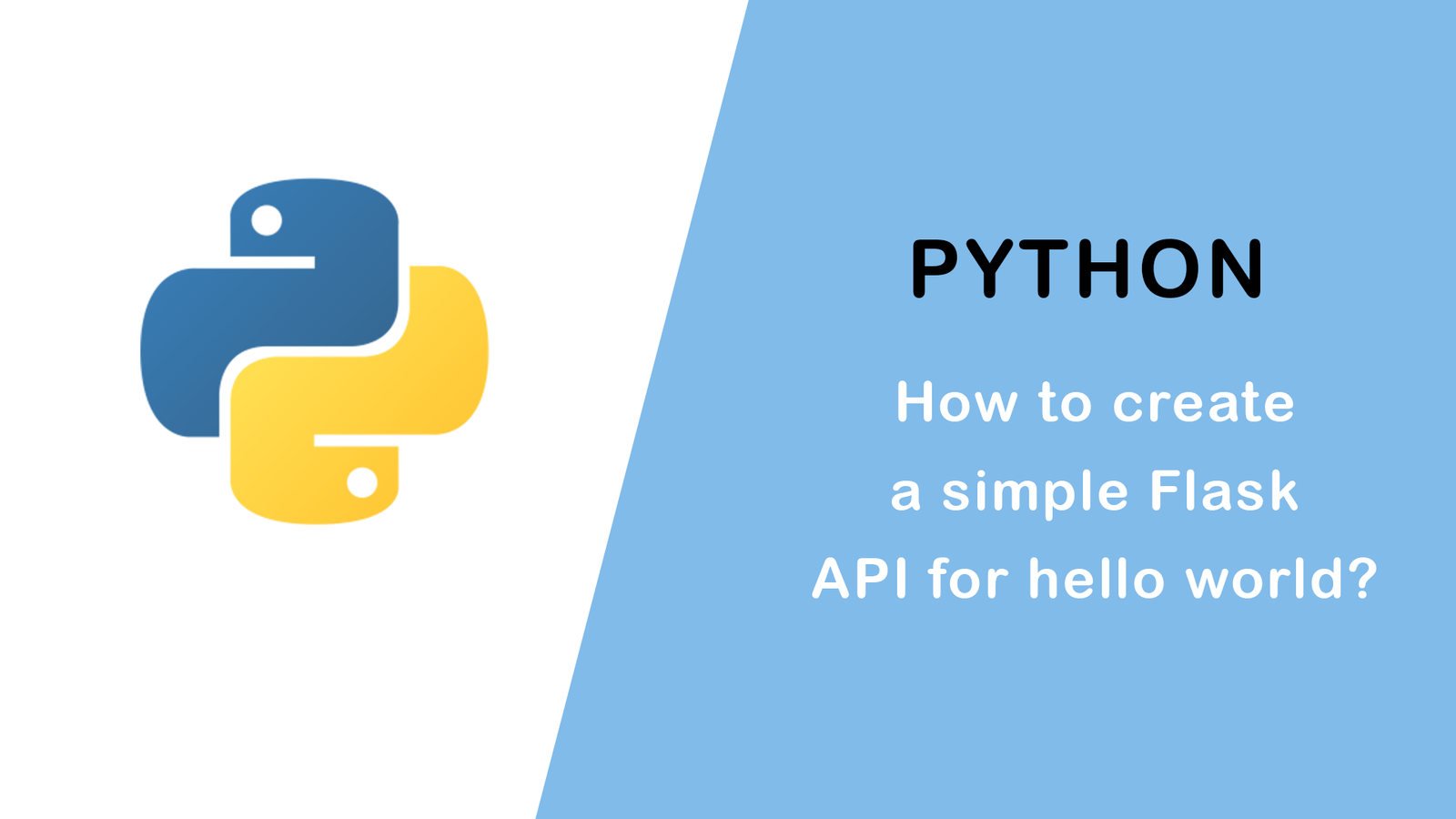Python Syntax: A Comprehensive Guide with Code Examples

Python syntax forms the foundation of writing code in the Python programming language. Understanding the syntax is crucial for writing correct and efficient Python programs. In this article, we will explore the fundamental syntax rules of Python and provide code examples to illustrate each concept.
Comments
Comments are essential for documenting code and making it more understandable. In Python, comments start with the '#' character and are ignored by the interpreter.
# This is a single-line comment
'''
This is a
multi-line
comment
'''
Variables and Data Types
Variables are used to store values in Python. Python is dynamically typed, meaning you don't need to declare a variable's type explicitly. Here are some examples:
# Integer variable
age = 25
# String variable
name = "John Doe"
# Floating-point variable
pi = 3.14
# Boolean variables
is_active = True
is_valid = False
Basic Arithmetic Operations
Python supports standard arithmetic operations: addition, subtraction, multiplication, division, and modulus.
a = 10
b = 3
# Addition
result = a + b
print(result) # Output: 13
# Subtraction
result = a - b
print(result) # Output: 7
# Multiplication
result = a * b
print(result) # Output: 30
# Division
result = a / b
print(result) # Output: 3.3333333333333335
# Modulus
result = a % b
print(result) # Output: 1
Conditional Statements
Conditional statements allow us to perform different actions based on specific conditions. The if-else statement is a commonly used construct.
age = 18
if age >= 18:
print("You are an adult.")
else:
print("You are a minor.")
Loops
Loops enable us to iterate over a sequence of elements. The two most common loops in Python are the for loop and the while loop.
# For loop
fruits = ["apple", "banana", "cherry"]
for fruit in fruits:
print(fruit)
# While loop
count = 0
while count < 5:
print("Count:", count)
count += 1
Understanding Python syntax is essential for writing effectpython.org tutorial ive Python programs. In this article, we covered comments, variables, data types, arithmetic operations, conditional statements, and loops, providing code examples for each concept. By mastering Python syntax, you'll be well-equipped to write clean and efficient Python code.
Feel free to customize the content and formatting to align with your website's style and design.
Categories : Python
Tags : python basic tutorial learn python 3 python example python basics tutorial python3 tutorial python examples official python tutorial python official tutorial python.org tutorial python explained python tutor python primer hello world python python 3 syntax python 3 programming the python tutorial python 3 scripting python development creating python programs w3 python python programming tutorials

Abhay Dudhatra
0 Comments
Related Articles
How to create a simple Flask API for hello world?
 By Praful Sangani -
July 25,2022
By Praful Sangani -
July 25,2022
How to Convert Images To PDF using Python
 By Praful Sangani -
July 29,2022
By Praful Sangani -
July 29,2022
How to create QR Code using Python
 By Praful Sangani -
July 29,2022
By Praful Sangani -
July 29,2022
Categories
Laravel
48React
17CSS
4jQuery
3PHP
19JavaScript
53HTML
4Python
30Node.js
2Git
8Bootstrap
15MySQL
7WordPress
27Popular Articles
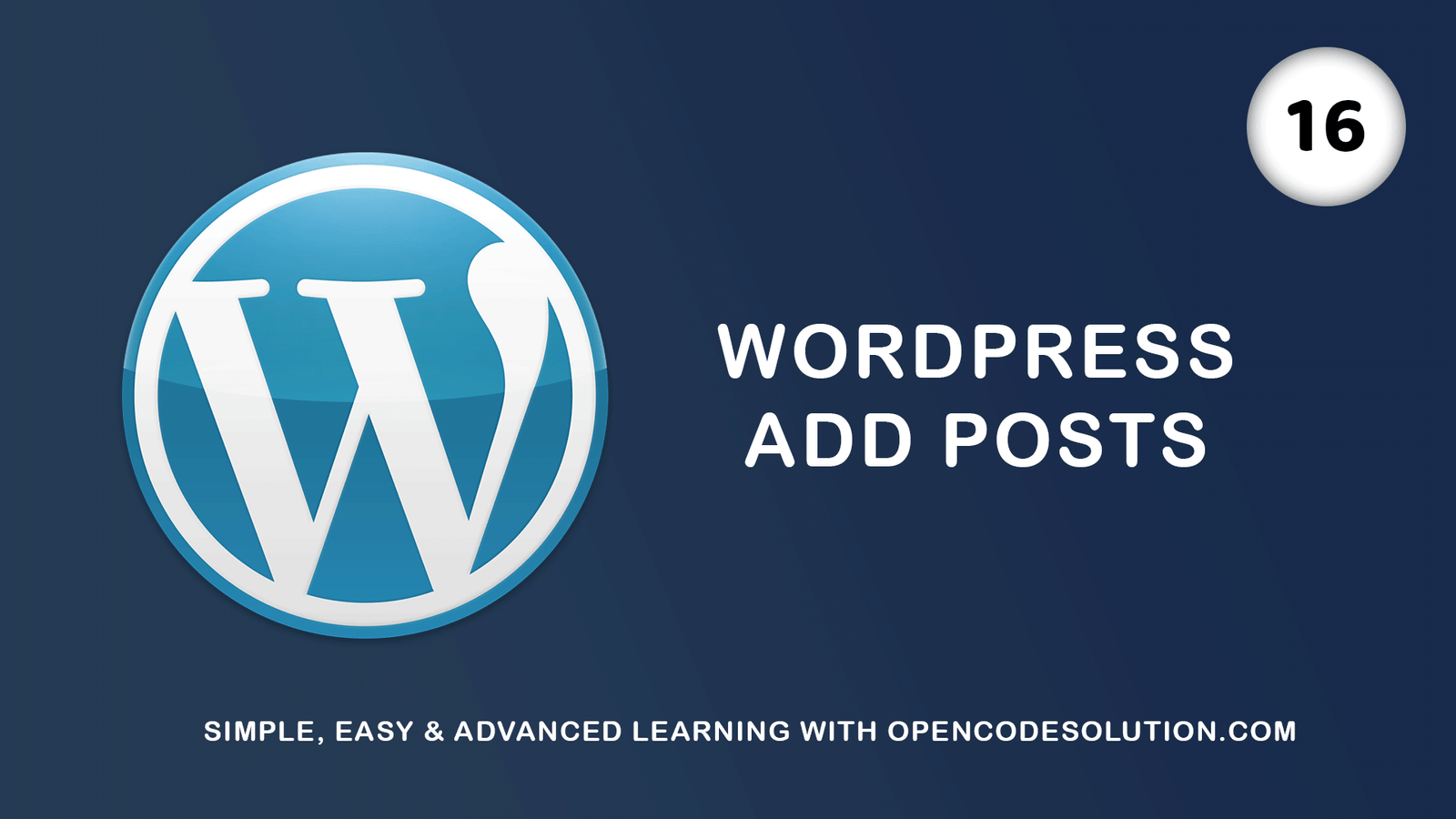
WordPress Add Posts #16
August 04,2022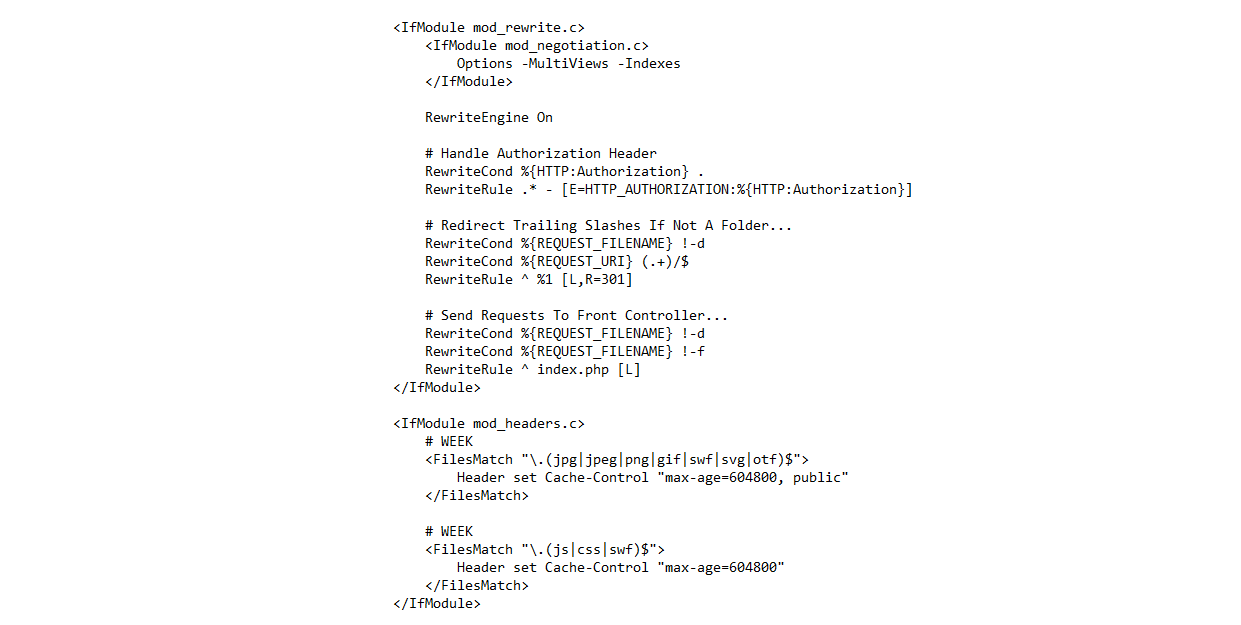
GZIP and Browser Cache a website wi...
July 21,2022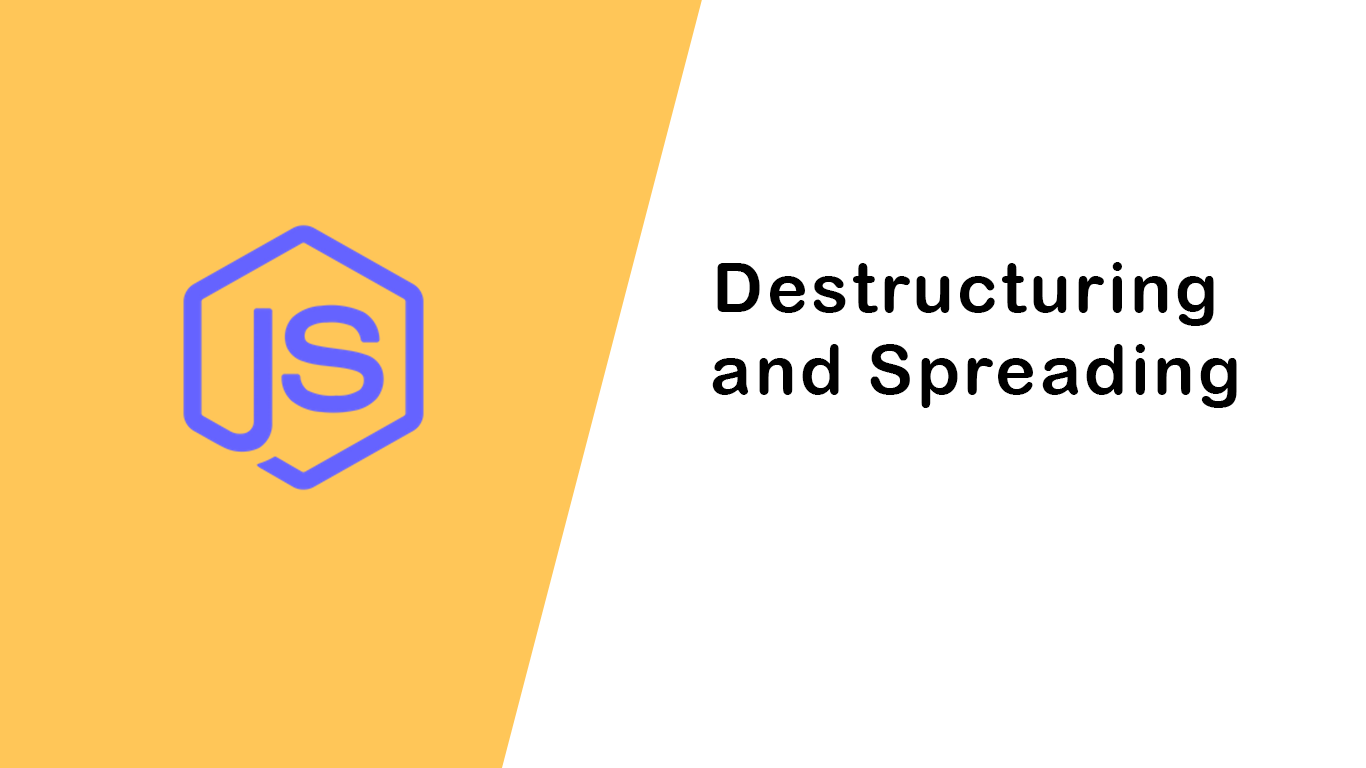
Destructuring and Spreading
August 13,2022
Import Export CSV And Excel File in...
July 22,2022
Laravel 8 Custom User Login and Reg...
July 19,2022Featured Articles

Laravel 9 Custom Login and Registra...
May 11,2023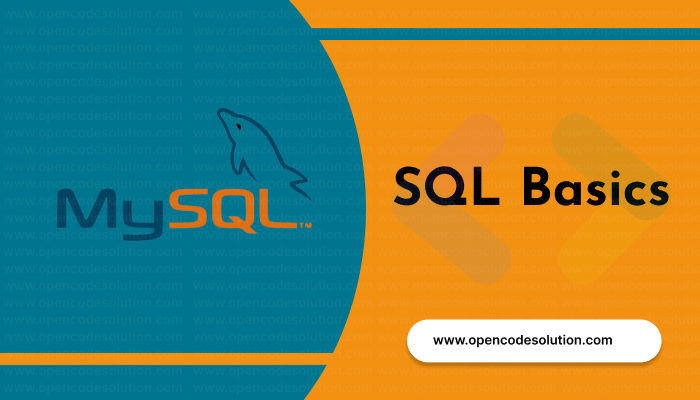
SQL Basics: A Beginner's Guide to S...
May 05,2023
Generating PDF Files in Laravel Usi...
April 26,2023
Laravel Image Intervention: A Guide...
April 26,2023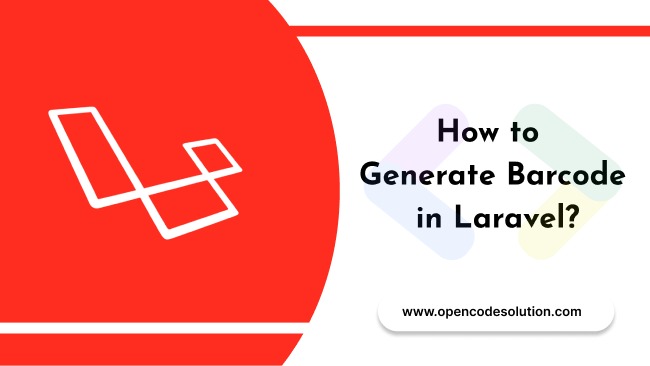
How to Generate BarCode in Laravel?
April 26,2023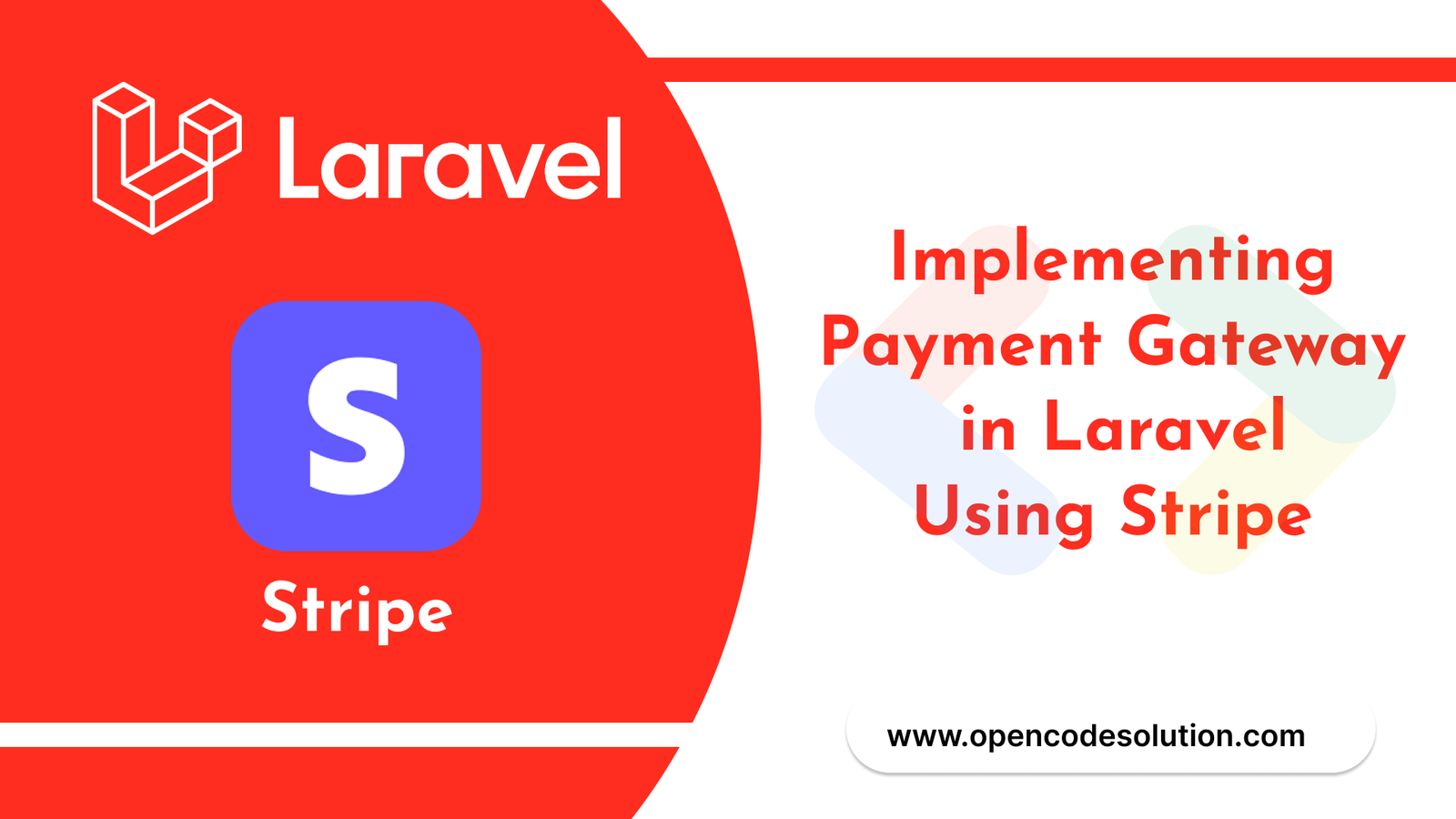
Implementing Payment Gateway in Lar...
March 26,2023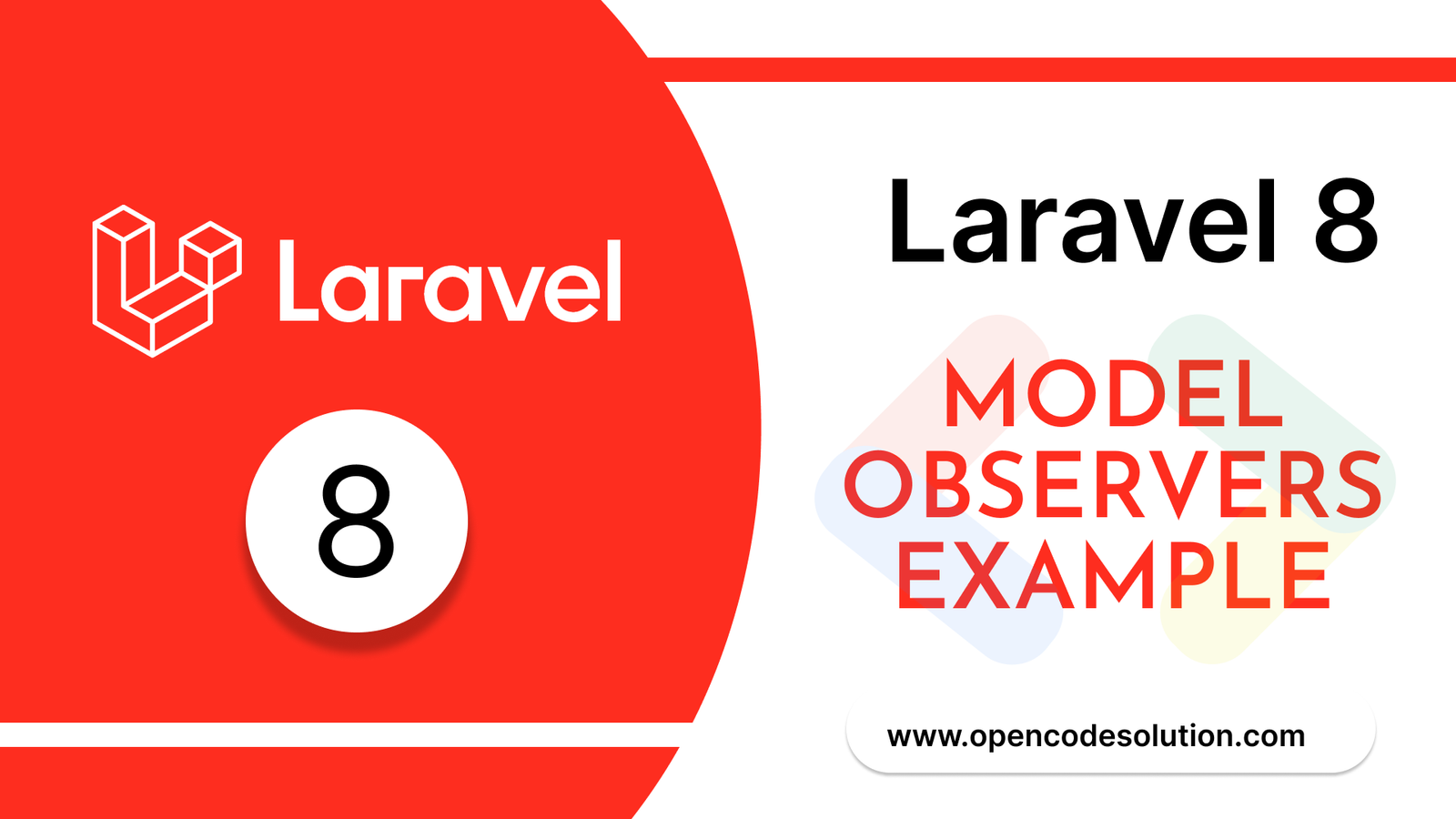
Laravel 8 Model Observers Example T...
March 10,2023
How to use Forelse loop in Laravel...
August 08,2022
What Is Wordpress #1
August 04,2022
Bootstrap Alerts
August 03,2022
Essential JS for PHP
August 03,2022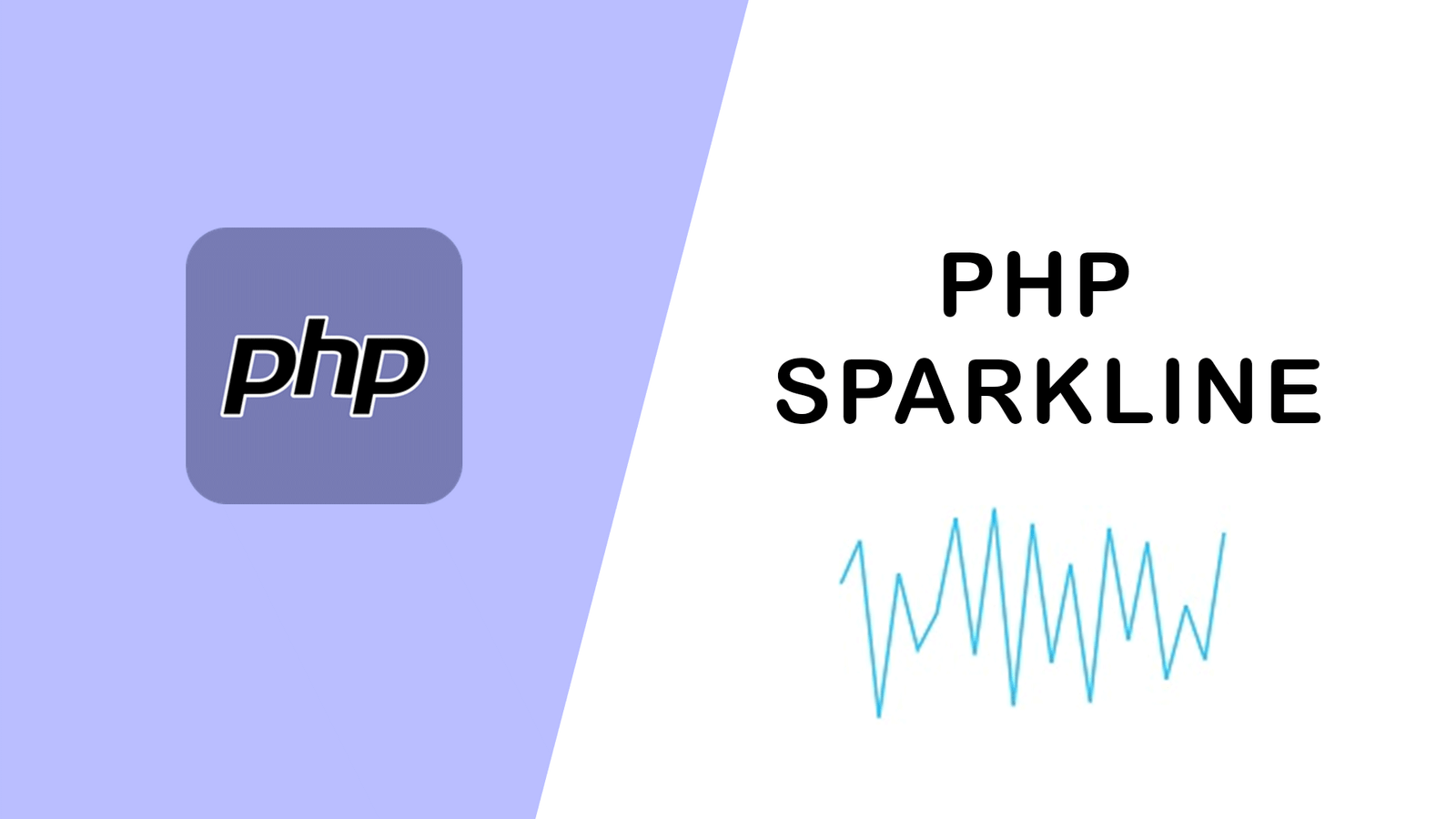
PHP Sparkline
August 03,2022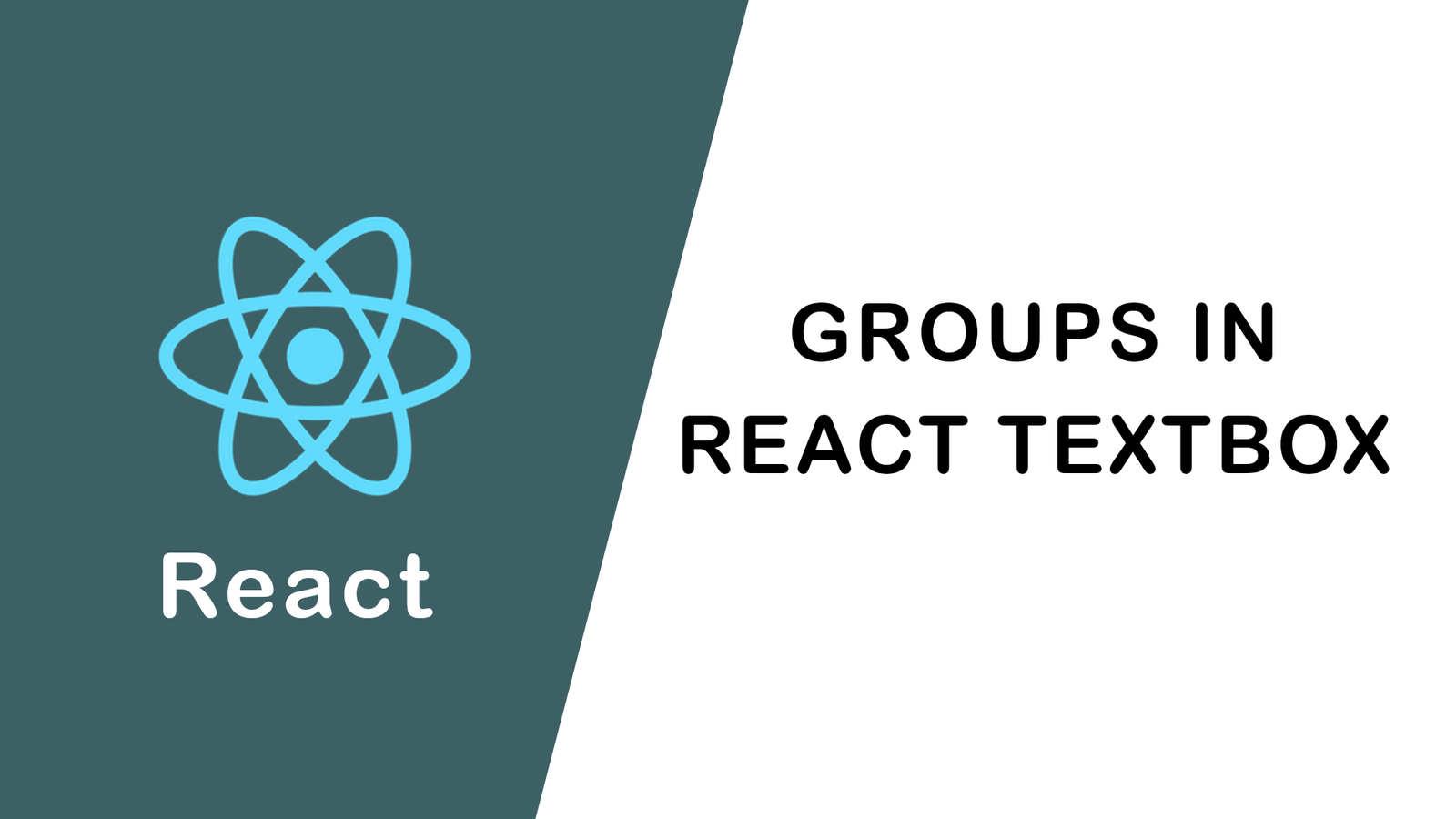
Groups in React Textbox
August 03,2022
JavaScript exercise-examples for Be...
August 03,2022
Create Social Login In Laravel With...
August 01,2022
Using Laravel Model Factories
July 30,2022
How to Include Bootstrap 5 in our w...
July 28,2022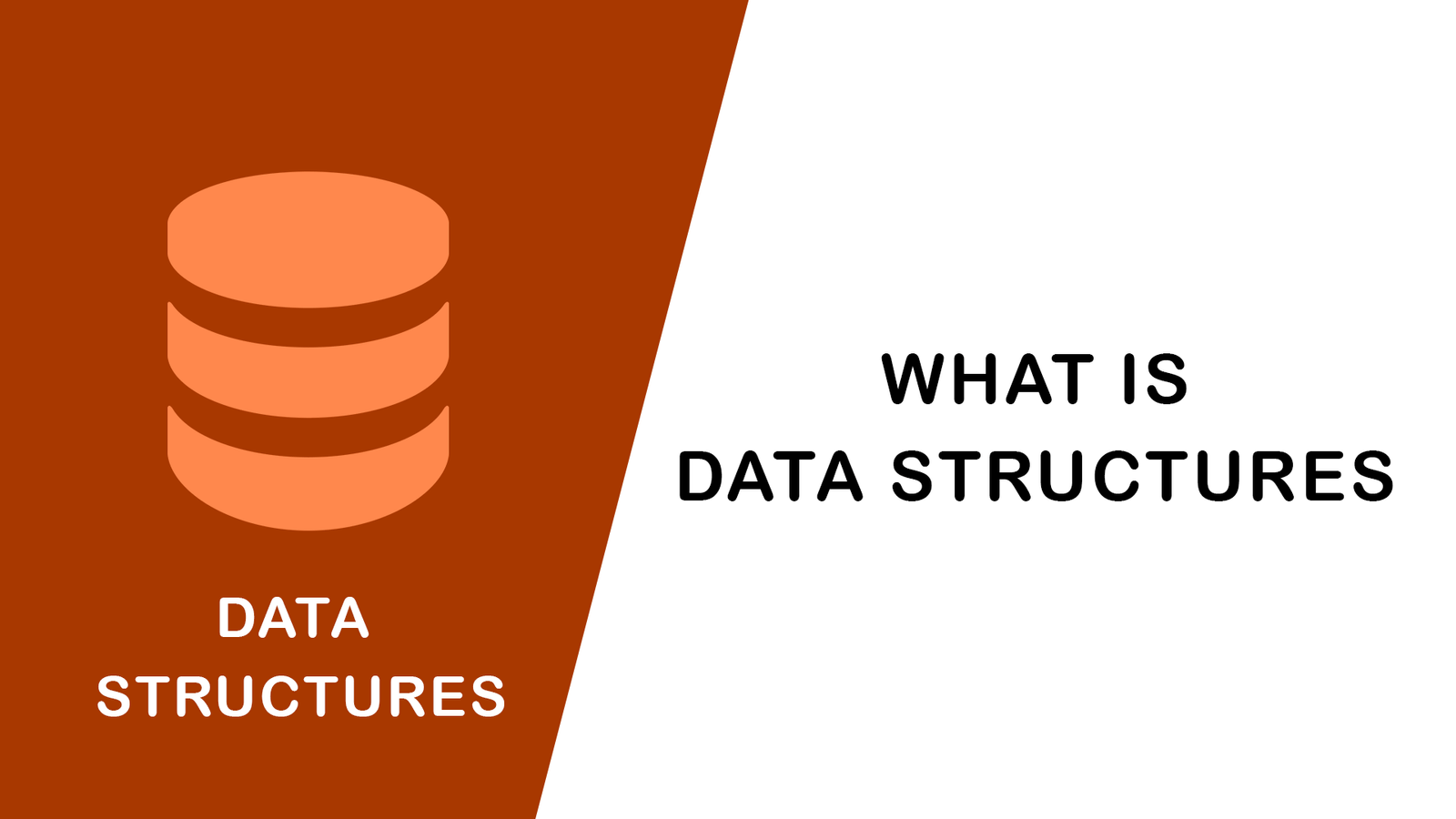
What Is Data Structures ?
July 28,2022
How to Validate Your Laravel App's...
July 27,2022
TOP 10 PROGRAMMING LANGUAGES USED B...
July 27,2022
Create Select Options from Enums, L...
July 27,2022
Fast Paginate for Laravel 9
July 27,2022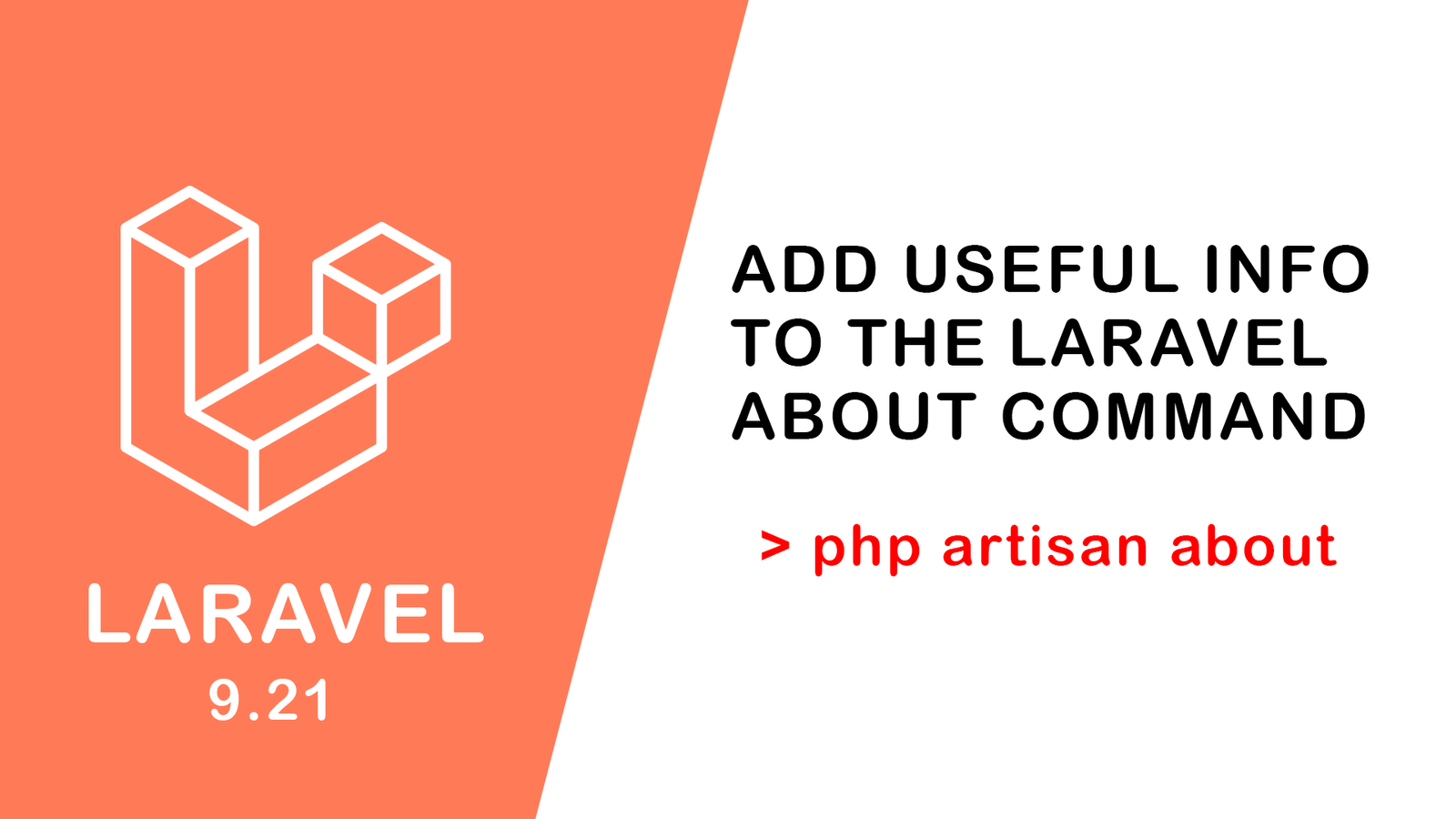
Add Useful Info to the Laravel Abou...
July 27,2022
Learn Most Common Git Commands
July 26,2022
React Hooks: Array Destructuring Fu...
July 25,2022
Laravel 8 CRUD operation
July 23,2022
How to Generate QR Code in Laravel...
July 21,2022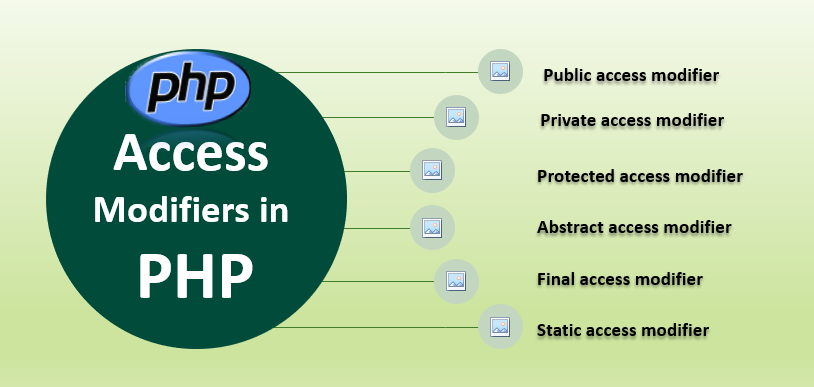
Access specifier in php
July 20,2022


